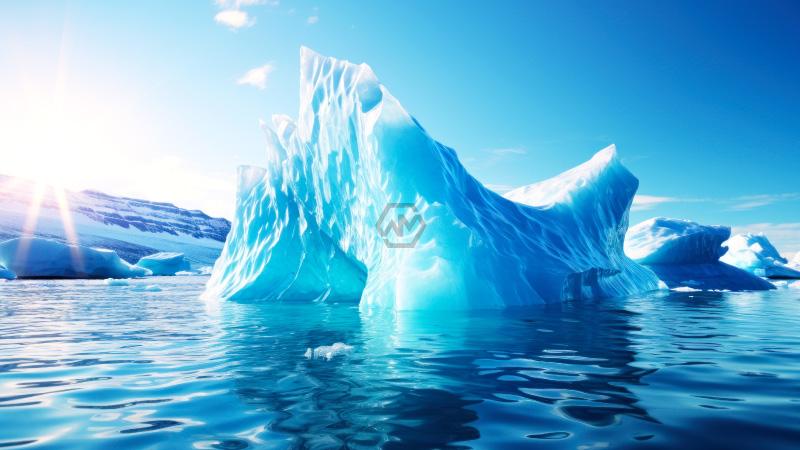- The loss of Antarctic ice shelves due to ocean currents is causing sea levels to rise.
- Once at the ice-ocean contact, this warm water speeds up the melting of ice shelves.
- Pine Island and Thwaites ice shelves are so vulnerable to rising ocean waters.
The loss of Antarctic ice shelves due to ocean currents is causing sea levels to rise, especially in the West Antarctic Amundsen Sea. This is what a recent study found.
Through the use of cutting-edge ocean modeling techniques, researchers from Seoul National University, Hokkaido University, and the Korea Polar Research Institute examined the fundamental mechanisms underpinning the rapid melting of ice shelves.
Antarctic ice shelf
Published in Nature Communications, the results refute earlier models that attributed the majority of ice shelf melting to winds across the Southern Ocean.
The study emphasizes how meandering ocean currents interact with the ocean floor to create upwelling velocity and push warm water toward shallower depths. Once at the ice-ocean contact, this warm water speeds up the melting of ice shelves.
BecausePine Island and Thwaites ice shelves are so vulnerable to rising ocean waters, they are among the Antarctic ice shelves that change the fastest. Because of the consequent rise in global sea levels brought on by their rapid melting, particularly during El Nino occurrences, coastal populations around the world are seriously threatened.



